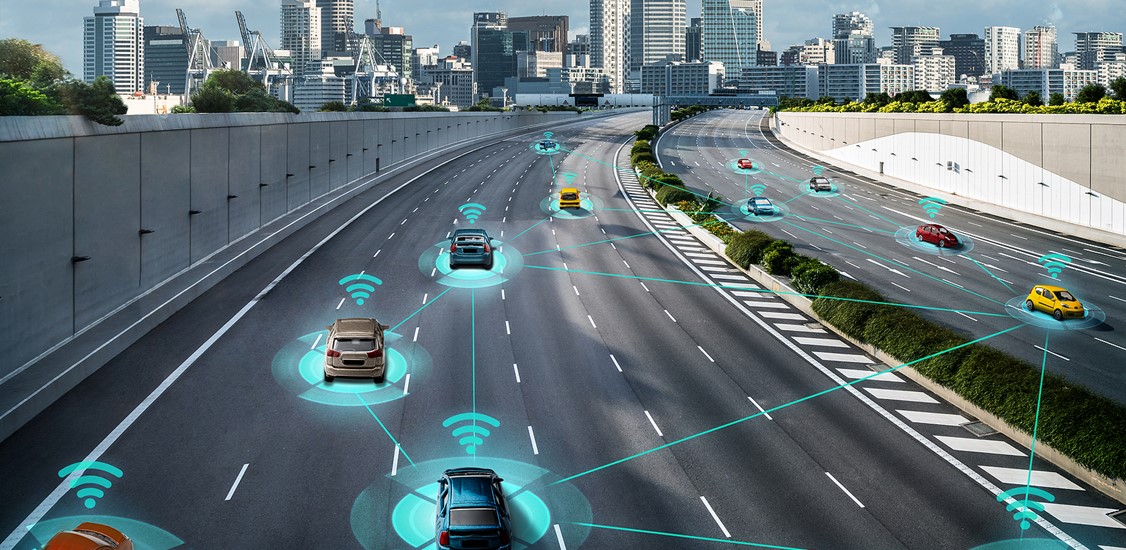The last decade has seen a massive amount of investment in the research and development of self-driven vehicles, also called driverless or autonomous vehicles. Despite the repeated promise that the day these vehicles take over our roads is just around the corner, the goalpost seems to keep moving.
The hard truth is that even with billions of dollars being poured into the development of autonomous vehicles, building them is a lot harder, slower, and costlier than anyone previously thought. But while self-driving cars might still be some years away, there are a lot of hopeful signs that autonomous trucks are a lot closer to becoming a reality.
For a start, trucks spend a lot of their time on relatively straight and predictable highways compared to cars. This is far easier to model for artificial intelligence (AI) programs compared to busy city streets. Another reason is that self-driving technology is still very costly. These high prices mean that personal self-driving vehicles may be prohibitively expensive for most individuals. But while the same high costs still apply to autonomous trucks, the cost savings from increased efficiency can make it a worthwhile expense for fleet managers.
Unsurprisingly, this has made autonomous trucking very attractive for shipping and logistics managers, especially as they grapple with a rising driver shortage and increasing shipping costs.
But how soon will it be before we see big eighteen-wheelers careening down the turnpike with no human driver in sight? And will the efficiency gains from these vehicles truly make them a worthwhile expense?
How soon?
A lot of new technologies these days—from robot vacuum cleaners to commercial drones—are labeled as autonomous. However, most of these technologies do not have true autonomy, as they still require some human input. This is worth bearing in mind when it comes to discussions on autonomous trucks.
According to McKinsey Center for Future Mobility, autonomous trucks will become available in four separate phases, differentiated by how much autonomy the truck has. The first phase will involve a technique called platooning, in which a fleet of trucks will follow a lead truck on the highway. Each truck will still have a human driver who will take command of the wheel on smaller roads while letting the AI program take over on the highway.
In the second phase, the technology will have developed enough to have a human driver in only the lead truck while a convoy of autonomous trucks follows closely behind. This second phase is expected to become a reality by 2025 and could reduce fleet operating costs by 10%.
The third phase will be when even the lead trucks are completely autonomous on the highway. However, a human driver will still likely be needed in the lead truck for navigating small roads and loading docks. Even so, this could allow for cost savings of 20% for fleet operators. Most experts say that we won’t see this phase until sometime around 2030.
The moment when the fourth and final phase arrives where completely driverless autonomous trucks are on the roads at scale is a lot more difficult to pin down. Optimistic estimates say it will come sometime in the early 2030s, while the more conservative ones say it will take until the end of that decade. Whenever it comes, this fourth phase is expected to reduce fleet operating costs by 45%.
More efficient supply chains
Because autonomous trucking removes much of the human element from trucking, companies save significantly on labor costs, as drivers are no longer necessary for overnight driving or long-distance trips. This in turn leads to savings from insurance and accident liability as on the aggregate autonomous vehicles are generally safer than vehicles operated by sleep-deprived drivers. There are also fuel-saving costs as the computer systems can easily optimize routes while trucks maintain a consistent speed.
Autonomous trucks also address the labor shortage, which puts pressure on drivers to work overtime, leading to more fatigued drivers on the road and an increased chance of accidents. It's a worldwide problem and it's only getting worse as more shipping companies look to expand their output to meet growing customer demand.
Autonomous trucks can solve this problem while still providing employment by shifting the driver’s role from a driver to a supervisor. In time, lead trucks in a Platoon convey may even be controlled remotely from the home or office, which may entice more people to join the transportation industry.
Huge fleets of autonomous trucks on the roads could also reduce the number of distribution centers by allowing distributors to either enlarge some facilities or consolidate smaller ones. Another possibility is that shorter transportation times will increase the number of distribution centers, leading to a greater number or variety of products for shipment. Whichever direction a company goes in will depend on their business operating model and market niche, as some will look to cut costs while others will move to expand their operations.
Looking further ahead, trucks won’t be the only thing in the supply chain that becomes automated. Other tasks such as loading and unloading may also become fully automated, further reducing labor costs. In time, automation technology may lead to a truly 24/7 supply chain in which the role of human workers has been reduced to that of supervisors and technicians.
Large-scale adoption
Predictions are an inexact science, so it’s hard to say when exactly we will see autonomous trucking become the norm. But what’s undeniable is that the technology is advancing rapidly and, as autonomous trucking becomes more cost-efficient, we will see more shipping companies embrace autonomous trucking.
Understandably, this raises a lot of concerns about the impact this will have on employment levels for truck drivers. The International Transport Forum has made grim predictions that the demand for truck drivers in the U.S. and Europe will be reduced by up to 70% by 2030 due to automation, potentially displacing as many as 4.4 million truck drivers.
However, there are also reasons for thinking that automation won’t have to dramatically affect front-line workers in the transportation industry. Human drivers will likely still be needed to take over when passing through congested urban areas. They’ll also be needed to provide supervision for the cargo, carry out emergency repairs, and perform basic customer service tasks.
Consider the example of airplanes, which are extremely autonomous and have been for decades, yet we still need trained pilots to supervise the flight and perform more complex maneuvers such as takeoff and landing. The future role of a truck driver may not be all that different from an airline pilot.
Final thoughts
Autonomous trucks can provide an enormous number of benefits, yet they are still some years away from being used at scale. This gives shipping managers plenty of time to prepare for the transition by providing new training for drivers to acquire more supervisory and maintenance skills, while also exploring new roles they can fill. By taking active steps to keep current workers employed, managers can ease the transition to automation and make it go a lot more smoothly for everyone involved.






















